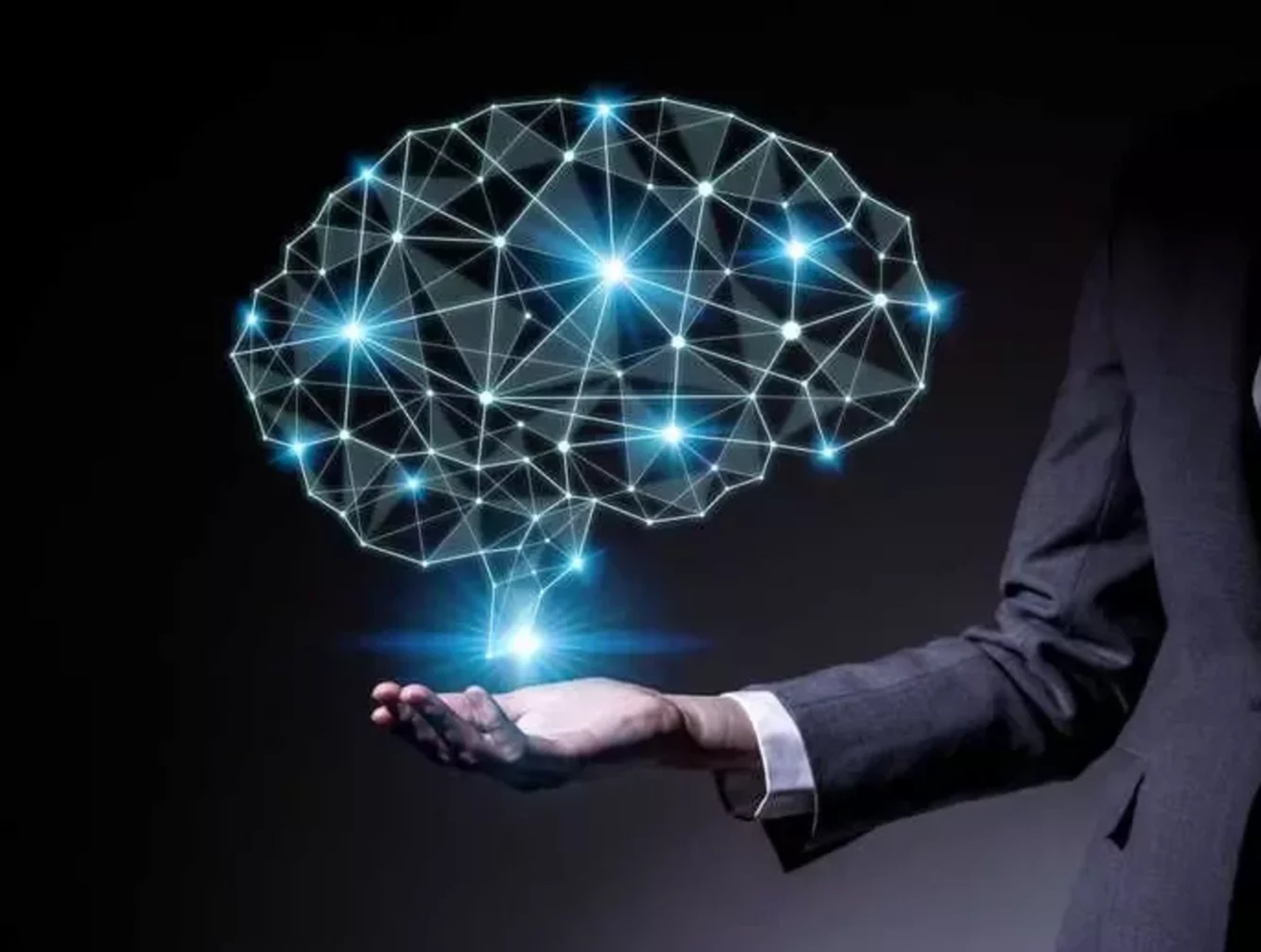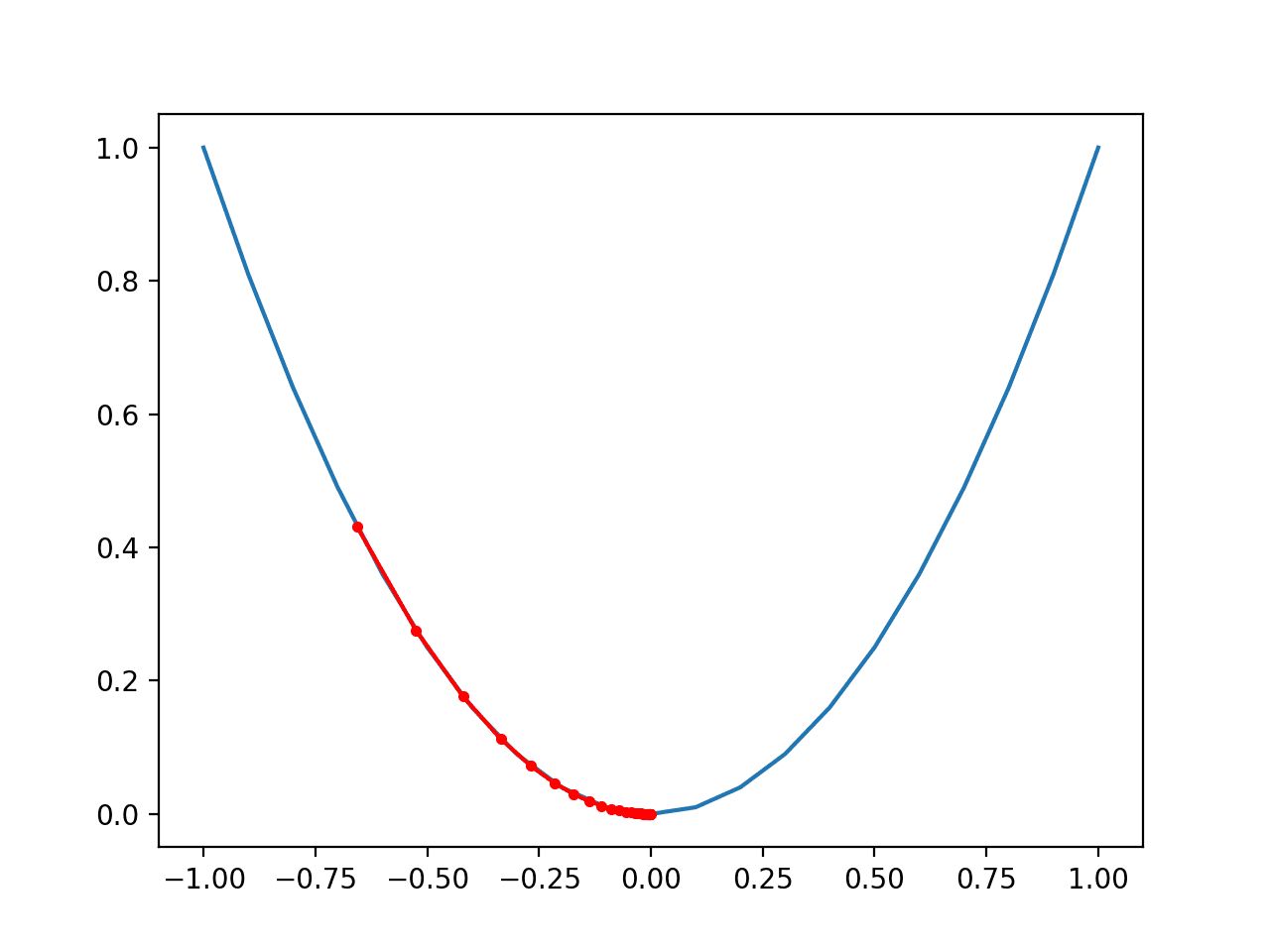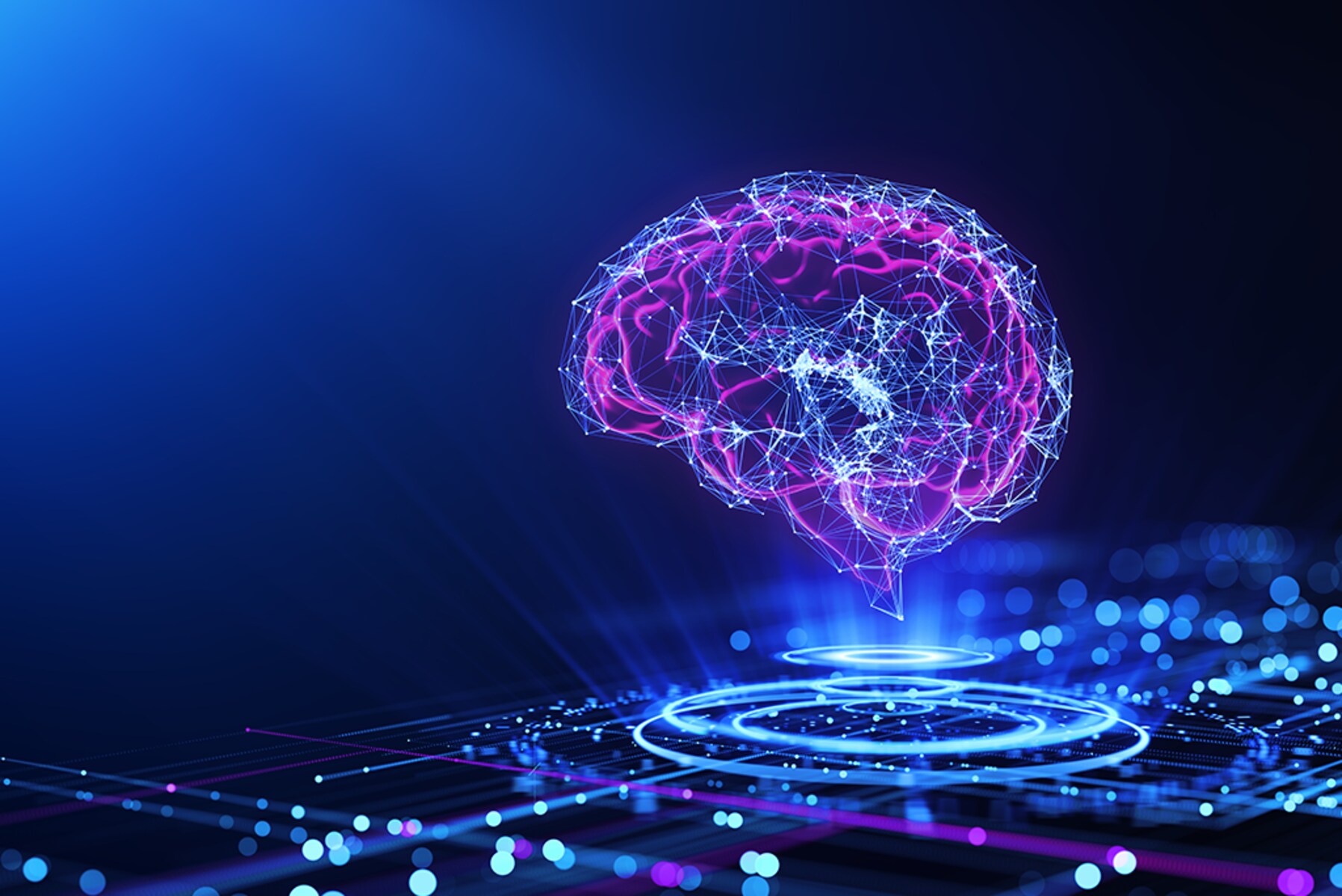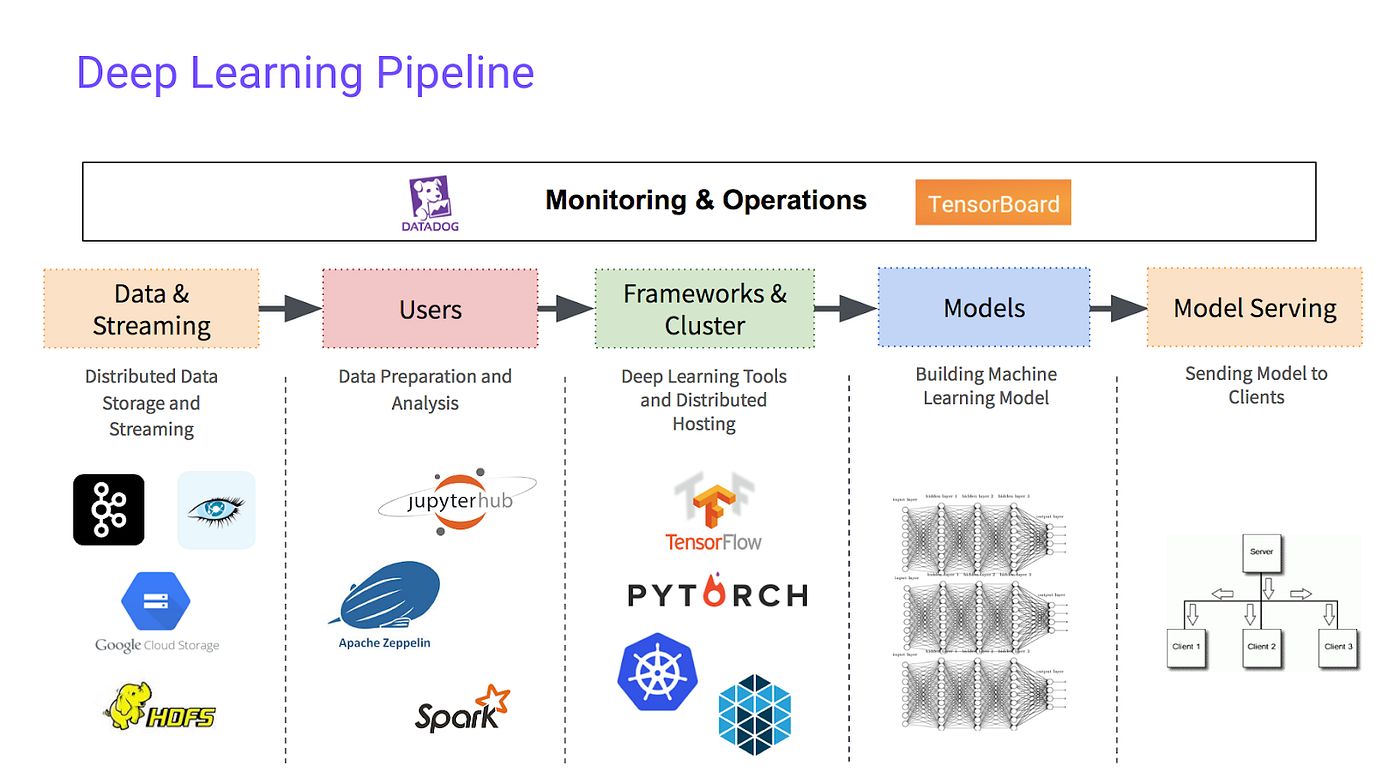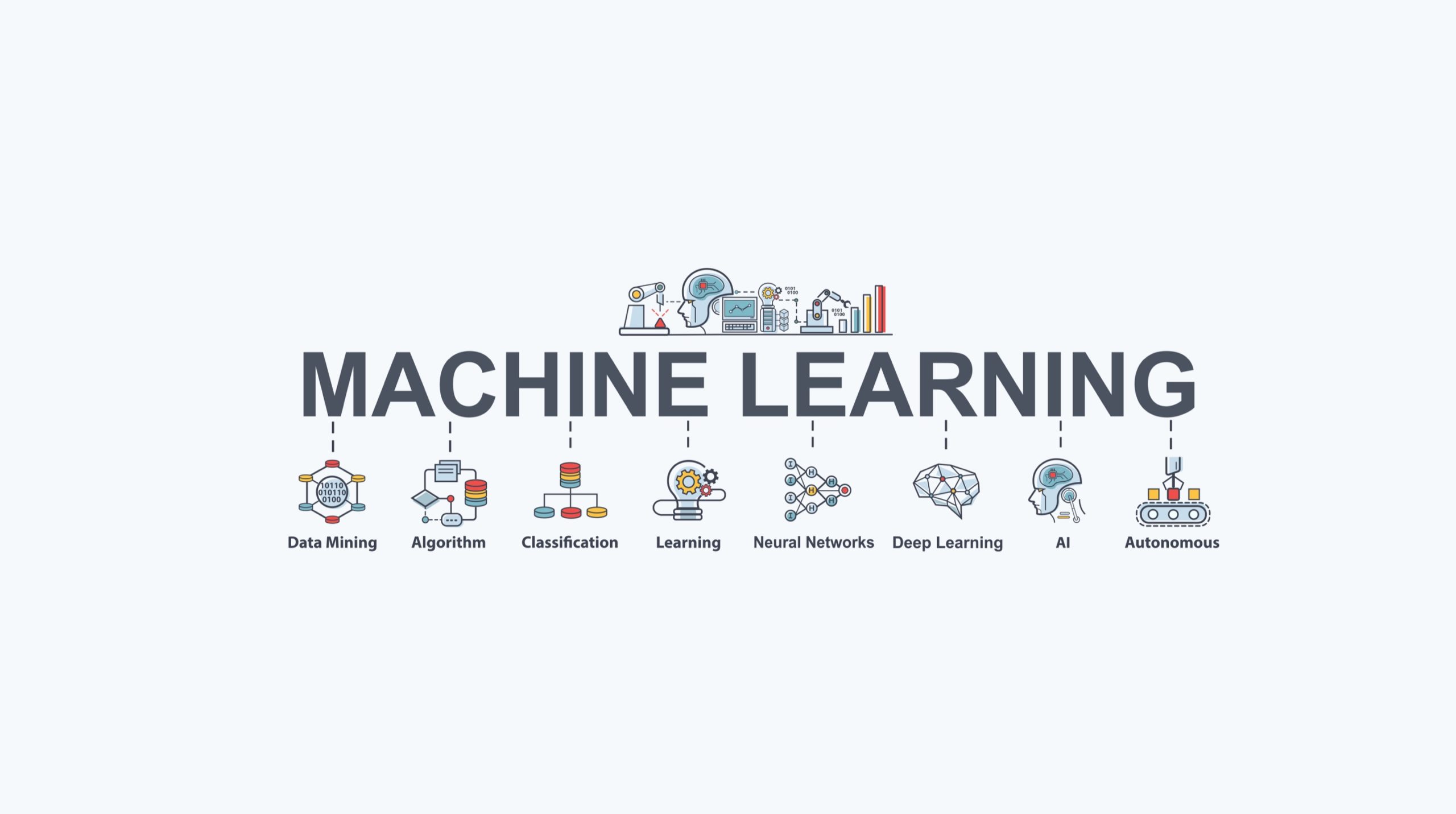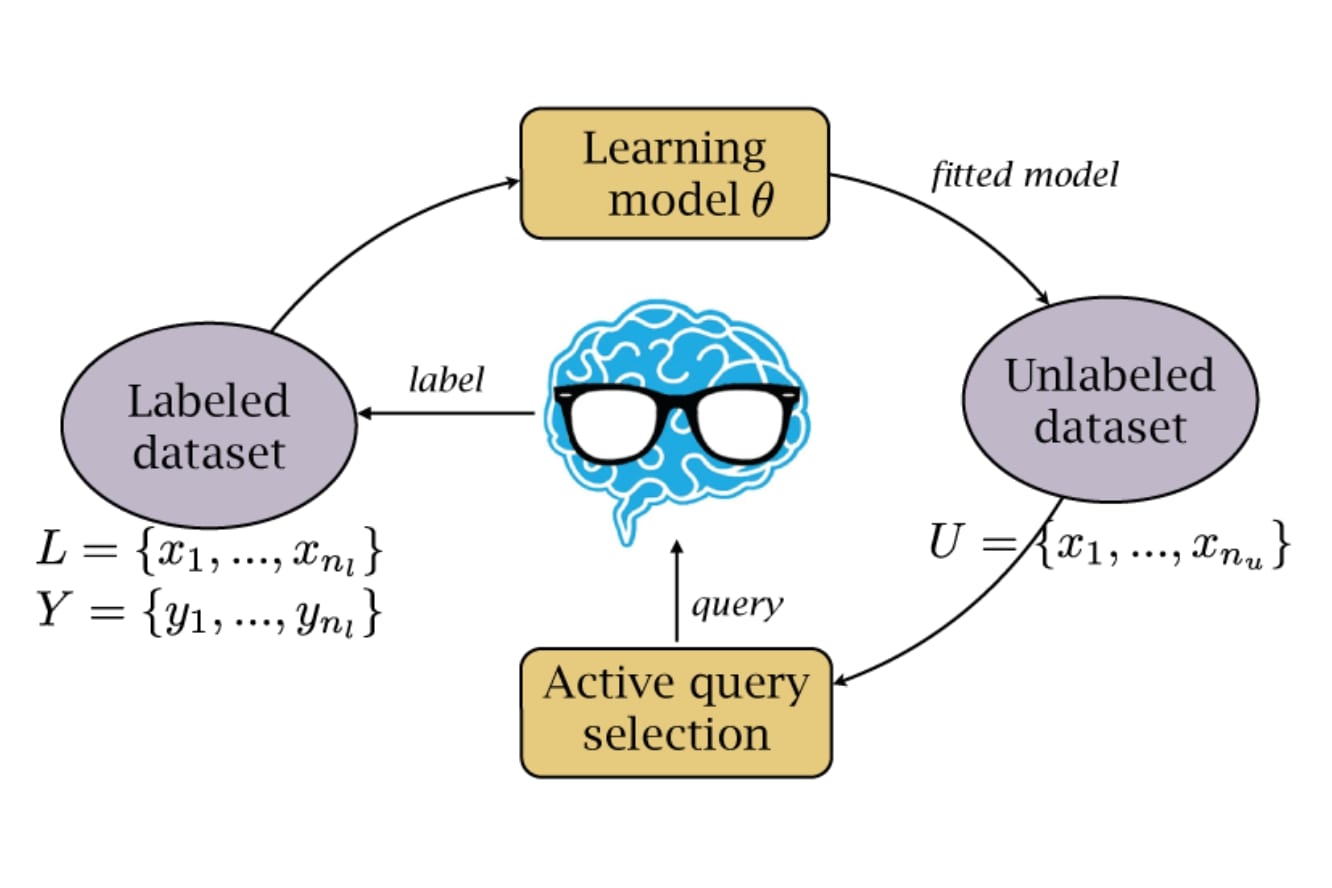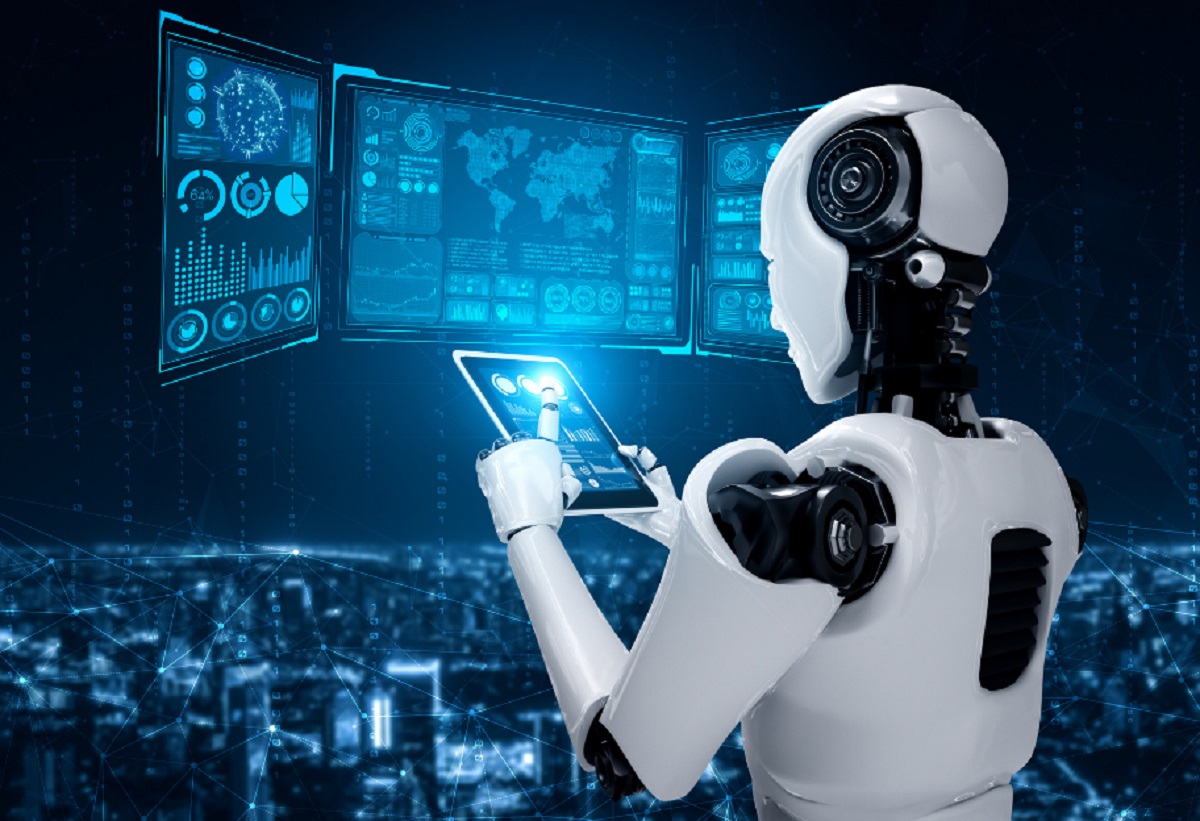Introduction
Artificial intelligence has revolutionized the field of technology, leading to significant advancements in various domains. Two prominent terms that often arise in AI discussions are “deep learning” and “machine learning.” While they both fall under the umbrella of AI, there are critical differences between these two approaches.
Deep learning is an advanced form of machine learning that focuses on training artificial neural networks to mimic the human brain’s intricate architecture. It has gained popularity due to its ability to handle large-scale, complex datasets and produce remarkable results in areas such as image and speech recognition, natural language processing, and autonomous vehicles.
On the other hand, machine learning refers to the broader concept of algorithms that enable computers to learn from data and make predictions or decisions without being explicitly programmed. It involves the development of models that can analyze and interpret patterns in data, thereby gaining insights and making accurate predictions.
Understanding the differences between deep learning and machine learning is crucial for grasping their respective strengths and applications. In this article, we will delve into these differences and explore why deep learning has gained a significant edge over traditional machine learning models in recent years.
Before we dive into the specifics, let’s take a closer look at the neural networks that underpin both deep learning and machine learning models.
Definition of Deep Learning
Deep learning is a subfield of machine learning that focuses on training artificial neural networks with multiple hidden layers to simulate the human brain’s complex structure. It involves the processing of vast amounts of data and learning hierarchical representations of the underlying features. In simple terms, deep learning enables computers to automatically learn from data and make accurate predictions or decisions without explicit instructions.
Deep learning models are typically constructed using deep neural networks, also known as artificial neural networks. These networks are composed of interconnected layers of nodes, or artificial neurons, each performing weighted calculations on the input data. The output of a layer serves as the input to the next layer, allowing for progressive feature extraction and abstraction.
One characteristic feature of deep learning is its ability to perform end-to-end learning. This means that the model can take raw input data, such as images or text, and directly generate the desired output without relying on handcrafted features. Instead, the deep learning model automatically learns relevant features at various levels of abstraction during the training process.
The training in deep learning involves feeding the neural network with labeled data, also known as supervised learning. The network learns from these input-output pairs through an iterative process called backpropagation, where the model adjusts its internal weights and biases to minimize the difference between the predicted output and the actual output. This optimization process enables the model to improve its predictions over time.
Deep learning is known for its ability to handle high-dimensional and unstructured data effectively. The multiple layers of a deep neural network enable it to learn complex patterns and relationships in the data, making it particularly well-suited for tasks such as image and speech recognition, natural language processing, and recommendation systems.
In recent years, deep learning has achieved remarkable success in various domains, surpassing traditional machine learning methods in terms of accuracy and performance. Its ability to automatically discover and exploit intricate features in data has made it a preferred choice in today’s AI-driven world.
Definition of Machine Learning
Machine learning is a branch of artificial intelligence that focuses on developing algorithms that enable computers to learn from data and make predictions or decisions without being explicitly programmed. It allows computers to automatically extract meaningful insights and patterns from large datasets, enabling them to improve their performance over time.
Machine learning models are constructed using various techniques, such as regression, classification, clustering, and reinforcement learning. These models learn from labeled or unlabeled data through a process known as training. During the training phase, the model analyzes the input data, identifies patterns, and adjusts its internal parameters to optimize its predictive capability.
Supervised learning is one of the fundamental techniques in machine learning, where the model is trained with input-output pairs. By learning from these labeled examples, the model can predict the correct output for new, unseen data. This approach is ideal for tasks such as image classification, text categorization, and fraud detection.
Unsupervised learning, on the other hand, involves training the model on unlabeled data. The goal is to discover meaningful patterns or groupings in the data without any prior knowledge about the correct output. This technique is useful for tasks such as clustering customer segments, anomaly detection, and recommendation systems.
Another important concept in machine learning is reinforcement learning, which involves training an agent to make decisions in an environment to maximize rewards or minimize penalties. The agent learns through trial and error, receiving feedback from the environment based on its actions. This technique is often used in robotics, game playing, and autonomous vehicles.
Machine learning models rely on feature engineering, which involves selecting and transforming relevant input variables to improve the model’s accuracy. These features provide the model with meaningful information to make predictions or decisions. However, feature engineering can be a time-consuming and labor-intensive process, requiring domain expertise and manual intervention.
Machine learning has found extensive applications in various fields, including healthcare, finance, marketing, and e-commerce. It enables businesses to gain insights from their data, make data-driven decisions, and automate processes. With the availability of large datasets and advancements in computing power, machine learning has become a powerful tool for harnessing the potential hidden within data.
Key Differences between Deep Learning and Machine Learning
Deep learning and machine learning are two distinct approaches within the field of artificial intelligence, each with its own characteristics and applications. Here are the key differences between deep learning and machine learning:
- Architecture: Deep learning models are constructed using deep neural networks with multiple hidden layers, allowing for hierarchical feature extraction. Machine learning models, on the other hand, can be built using various algorithms such as decision trees, support vector machines, and random forests.
- Data Requirements: Deep learning models typically require a massive amount of labeled data for training. They excel in handling high-dimensional and unstructured data such as images, audio, and text. Machine learning models can work with smaller datasets and a wide range of structured and unstructured data types.
- Feature Engineering: Deep learning models can automatically learn relevant features from raw data during the training process, eliminating the need for extensive manual feature engineering. In contrast, machine learning models heavily rely on feature engineering, where domain experts manually select and engineer relevant features for the model.
- Performance: Deep learning models have shown exceptional performance in various complex tasks, such as image and speech recognition. They can achieve state-of-the-art accuracy and outperform traditional machine learning models in scenarios with a vast amount of data. Machine learning models can perform well in tasks with limited data and may require less computational resources.
- Interpretability: Machine learning models are generally more interpretable due to their transparent decision-making process. It is easier to understand how the model arrived at a particular prediction or decision. Deep learning models, on the other hand, often operate as black boxes, making it challenging to interpret the internal workings and understand the reasoning behind their judgments.
- Implementation and Training: Deep learning models require substantial computational resources and specialized hardware, such as Graphics Processing Units (GPUs), to train efficiently. Machine learning models can typically be trained on standard hardware. Implementing deep learning models also requires expertise in neural network architectures and hyperparameter tuning.
Understanding the differences between deep learning and machine learning is crucial in determining which approach is more suitable for a given task. Deep learning excels in handling large-scale, complex data and has achieved remarkable success in image recognition, natural language processing, and other domains. Machine learning, on the other hand, is suitable for situations with limited data and when interpretability is crucial.
Deep Learning Models
Deep learning models are at the forefront of artificial intelligence, revolutionizing various domains with their ability to process vast amounts of data and extract meaningful insights. Here are some popular and widely used deep learning models:
- Convolutional Neural Networks (CNNs): CNNs are commonly used in computer vision tasks, such as image classification, object detection, and segmentation. These models leverage the concept of convolution to extract relevant features from the input image, allowing them to recognize patterns and objects with exceptional accuracy.
- Recurrent Neural Networks (RNNs): RNNs are designed to process sequential or time-series data. They have a recurrent structure that allows previous outputs to be fed back into the network, enabling the model to capture meaningful dependencies and patterns over time. RNNs are widely used in tasks such as speech recognition, language translation, and sentiment analysis.
- Long Short-Term Memory (LSTM): LSTM is a type of RNN that addresses the vanishing gradient problem and can capture long-term dependencies in sequential data. It has memory cells that selectively retain and update information, making it suitable for tasks that require modeling long-range dependencies, such as speech recognition, handwriting recognition, and text generation.
- Generative Adversarial Networks (GANs): GANs are composed of two neural networks: a generator and a discriminator. The generator generates synthetic data, while the discriminator tries to distinguish between real and fake data. GANs are used for tasks like image generation, video synthesis, and text-to-image translation.
- Transformer: Transformers have gained significant attention in natural language processing tasks, particularly in machine translation and language understanding. Transformers leverage self-attention mechanisms to capture dependencies between different words in a sentence, enabling them to generate coherent and contextually accurate translations or understand the meaning of text.
- Deep Reinforcement Learning Models: Deep reinforcement learning combines deep learning with reinforcement learning techniques to enable agents to make decisions and learn through trial and error. These models have shown exceptional performance in game-playing tasks, robotic control, and autonomous driving.
These deep learning models demonstrate the power and versatility of deep neural networks in tackling complex problems across various domains. They have paved the way for groundbreaking advancements in image recognition, natural language processing, and other AI applications.
Machine Learning Models
Machine learning models have been instrumental in driving advancements in artificial intelligence, enabling computers to learn from data and make accurate predictions or decisions. Here are some widely used machine learning models:
- Linear Regression: Linear regression is a basic yet powerful model used for regression tasks. It fits a linear relationship between the input variables and the target variable, making it useful for predicting continuous values.
- Logistic Regression: Logistic regression is a classification model that is widely used for binary classification problems. It estimates the probability of an input belonging to a particular class, making it suitable for tasks like email spam detection and sentiment analysis.
- Decision Trees: Decision trees are versatile models that use a tree-like structure to make decisions. They are useful for both classification and regression tasks and can handle both numerical and categorical data. Decision trees are popular due to their interpretability and simplicity.
- Random Forests: Random forests are an ensemble learning method that combines multiple decision trees. Each tree is trained on a different subset of the data, resulting in a robust and accurate prediction. Random forests are used for classification, regression, and anomaly detection tasks.
- Support Vector Machines (SVM): SVM is a powerful model used for both classification and regression tasks. It aims to find a hyperplane that separates data points of different classes with the maximum margin. SVMs are particularly useful when dealing with high-dimensional data.
- Naive Bayes: Naive Bayes is a probabilistic model based on Bayes’ theorem. It assumes that the features are conditionally independent of each other, given the class. Naive Bayes is efficient and widely used for text classification, spam filtering, and sentiment analysis.
- K-means Clustering: K-means is an unsupervised learning algorithm used for clustering tasks. It groups similar data points into clusters based on their feature similarity. K-means clustering is valuable for market segmentation, image compression, and anomaly detection.
- Gradient Boosting Models: Gradient boosting models, such as XGBoost and LightGBM, combine weak learners (usually decision trees) to form a strong model. They are known for their high predictive accuracy and are widely used in competitions and real-world applications.
These machine learning models encompass a broad range of techniques and algorithms, enabling computers to learn patterns, make predictions, and cluster data. Each model has its strengths and limitations, making it essential to choose the appropriate model based on the problem’s requirements and the nature of the data.
Understanding Neural Networks
Neural networks are the foundation of both deep learning and machine learning models. They are composed of interconnected nodes, or artificial neurons, that work together to process and analyze the input data. Understanding the structure and operations of neural networks is crucial in comprehending the functioning of these AI models.
The basic building block of a neural network is the artificial neuron, also known as a perceptron. Each neuron receives input from multiple sources, applies weights to the inputs, and passes the weighted sum through an activation function. The activation function introduces non-linearity into the network, enabling it to model complex relationships between features.
Neurons are organized in layers within a neural network. The input layer receives the input data, while the output layer produces the final predictions or decisions. Between the input and output layers, there can be one or more hidden layers. These hidden layers allow the network to extract relevant features and capture intricate patterns in the data.
The connection between neurons is represented by weights, which determine the importance of each input. During training, the weights are adjusted iteratively to minimize the difference between the predicted output and the actual output. This optimization process is accomplished using techniques like backpropagation, where the error is propagated backward through the network to update the weights.
Deep neural networks, as used in deep learning models, typically consist of multiple hidden layers. The depth of the network allows for the learning of increasingly complex and abstract features at each layer, leading to a hierarchical representation of the data. This hierarchical learning ability makes deep learning models highly effective in handling complex tasks such as image and speech recognition.
Neural networks leverage the power of parallel processing to handle large amounts of data efficiently. By distributing the computations across multiple nodes or GPUs, neural networks can process information in parallel, significantly reducing training times for complex models.
Understanding neural network architectures, activation functions, weight optimization techniques, and parallel processing mechanisms is essential for building and training effective AI models. It enables researchers and practitioners to design models that make accurate predictions and decisions, leveraging the power of neural networks.
Benefits of Deep Learning over Machine Learning
Deep learning has emerged as a powerful subset of machine learning, offering several advantages that set it apart from traditional machine learning approaches. Here are the key benefits of deep learning:
- Ability to Learn Complex Patterns: Deep learning models can learn intricate patterns and relationships in data, thanks to their multiple hidden layers. This enables them to capture and represent complex features, making them highly effective for tasks such as image recognition, natural language processing, and speech synthesis.
- End-to-End Learning: Deep learning models have the capability to learn directly from raw input data, eliminating the need for manual feature engineering. They can automatically learn the necessary features at various levels of abstraction during the training process, reducing human intervention and saving time and effort.
- Handling High-Dimensional Data: Deep learning excels in processing high-dimensional and unstructured data, such as images, audio, and text. The multiple layers in deep neural networks allow them to effectively extract meaningful representations from complex data, leading to improved performance in tasks involving large and diverse datasets.
- Transfer Learning: Deep learning models can leverage transfer learning, which involves using pre-trained models as a starting point for new tasks. Pre-trained models trained on massive datasets like ImageNet can be fine-tuned for specific applications with limited data, making deep learning more accessible and effective in scenarios with limited training resources.
- Improved Accuracy: Deep learning models have shown remarkable performance in various domains, often outperforming traditional machine learning models in terms of accuracy. Deep neural networks can handle complex data distributions and extract intricate patterns, enabling them to achieve state-of-the-art results in tasks such as image and speech recognition.
- Continuous Improvement: Deep learning models have the ability to continuously improve their performance with more data and iterations. Through continued training and fine-tuning, deep learning models can adapt to changing patterns and learn from new information, ensuring their effectiveness and relevance over time.
These advantages make deep learning highly impactful and desirable in many real-world applications, ranging from healthcare and finance to autonomous driving and natural language processing. They highlight the potential of deep learning to push the boundaries of artificial intelligence and drive innovation across various industries.
Real-world Applications of Deep Learning
Deep learning has found wide-ranging applications across several industries, revolutionizing various domains with its ability to process large amounts of data and extract valuable insights. Here are some notable real-world applications of deep learning:
- Image and Object Recognition: Deep learning models, especially convolutional neural networks (CNNs), have achieved unprecedented accuracy in image recognition tasks. Applications range from facial recognition and object detection in autonomous driving to medical image analysis and quality control in manufacturing.
- Natural Language Processing (NLP): Deep learning has played a crucial role in advancing NLP tasks, enabling machines to understand and generate human language. Applications include machine translation, sentiment analysis, speech recognition, and chatbots.
- Autonomous Vehicles: Deep learning has contributed significantly to the development of autonomous vehicles. Deep neural networks, combined with sensor data, allow vehicles to perceive and interpret their surroundings, making real-time decisions for safe navigation on the roads.
- Healthcare: Deep learning models have had a profound impact on the healthcare industry. They have been used for analyzing medical images, diagnosing diseases, predicting patient outcomes, and assisting in drug discovery and development.
- Finance and Trading: Deep learning is increasingly being employed in the finance industry for tasks such as fraud detection, credit risk assessment, algorithmic trading, and stock price prediction. Deep learning models can analyze large volumes of financial data and identify patterns that traditional methods may miss.
- Recommendation Systems: Deep learning models can power recommendation systems to deliver personalized suggestions to users. Whether it’s recommending products, movies, or music based on user preferences, deep learning can enhance the user experience by providing tailored recommendations.
- Virtual Assistants: Virtual assistants like Siri, Alexa, and Google Assistant utilize deep learning to understand natural language and provide intelligent responses to user queries. These assistants can perform tasks like setting reminders, answering questions, and controlling smart home devices.
- Manufacturing and Quality Control: Deep learning models are used in manufacturing for tasks such as defect detection, quality control, and predictive maintenance. They can analyze sensor data and images to identify anomalies, optimize production processes, and reduce downtime.
These are just a few examples of how deep learning is being leveraged in real-world applications. The versatility, accuracy, and scalability of deep learning models continue to drive innovation and transform industries across the globe.
Conclusion
Deep learning and machine learning are two approaches within the field of artificial intelligence that have revolutionized various industries and domains. While both have their strengths and applications, deep learning has emerged as a game-changer, surpassing traditional machine learning models in many complex tasks.
Deep learning models, powered by deep neural networks, have the ability to learn intricate patterns and relationships in data, making them highly effective in handling high-dimensional and unstructured data. They can perform end-to-end learning, eliminating the need for extensive manual feature engineering. Deep learning excels in tasks such as image recognition, natural language processing, and autonomous driving.
On the other hand, machine learning models offer transparency and interpretability, making them suitable for situations where understanding the decision-making process is crucial. Machine learning models can handle smaller datasets effectively and have proven success in various domains, from healthcare and finance to recommendation systems and virtual assistants.
The choice between deep learning and machine learning depends on the specific problem, the nature of the data, and the requirements of the task. Understanding the key differences and benefits of each approach is vital in selecting the most appropriate model for a given application.
As technology continues to evolve, deep learning and machine learning will continue to be at the forefront of AI advancements. Researchers and practitioners will delve deeper into these fields, exploring new architectures, optimization techniques, and applications, further expanding the boundaries of what can be achieved through artificial intelligence.
Overall, the ongoing advancements in deep learning and machine learning hold tremendous potential to shape the future and drive innovation across industries, improving our lives and transforming the way we interact with technology.







